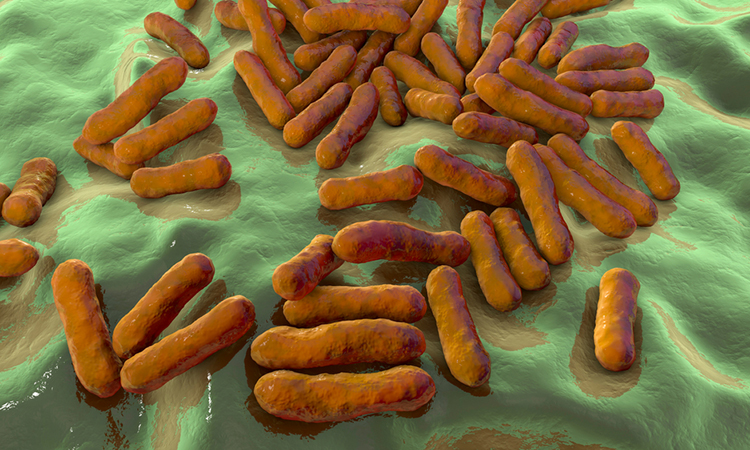Mass spec method developed to identify drugs to fight resistant bacteria
Posted: 21 June 2021 | Victoria Rees (Drug Target Review) | No comments yet
Researchers have developed a native state mass spectrometry technique to identify inhibitors of the bacterial protein metallo-beta-lactamase.


Researchers from the Miami University in Ohio, US, have optimised a new technique that they say will allow scientists to evaluate how potential inhibitors work on antibiotic-resistant bacteria. The technique, called native state mass spectrometry, could provide a rapid way for scientists to identify the best candidates for effective clinical drugs, particularly in cases where bacteria can no longer be treated with antibiotics alone.
“One method of combatting antibiotic resistance is using a combination drug/inhibitor therapy,” said Caitlyn Thomas, a PhD candidate and presenting author on the study. An example of this type of therapy is Augmentin, a prescription antibiotic used to treat bacterial infections of the respiratory tract, which is composed of the antibiotic amoxicillin and the inhibitor clavulanic acid. Clavulanic acid inactivates a key protein that the bacterium uses to become resistant to amoxicillin. With the bacterial protein inactivated, the antibiotic – amoxicillin – is left to kill the bacteria, thereby treating the infection.
Before any new inhibitor can be used in the clinic, scientists need to have a complete understanding of how the inhibitor works. In the current study, the team studied a bacterial protein called metallo-beta-lactamase, which renders many clinical strains of bacteria resistant to all penicillin-like antibiotics.
While many research labs throughout the world are attempting to create new inhibitors that inactivate metallo-beta-lactamases, the researchers instead analysed how these new inhibitors work.
The team say that hundreds of potential inhibitors have been reported in the literature and several patents have been filed dealing with metallo-beta-lactamase inhibitors. Some of the reported inhibitors work by removing a required component of the metallo-beta-lactamase. These same inhibitors may remove this same required component of other proteins in humans, causing serious side effects. Other inhibitors bind directly to the metallo-beta-lactamase and inactivate the protein; inhibitors of this type are optimal for any new inhibitor that could be used in the clinic.
“Because metallo-beta-lactamases contain two metal ions, we are able to use a variety of spectroscopic techniques to study them,” said Thomas. “These experiments give us more insight into how the inhibitor behaves and whether it could potentially be a candidate for clinical use against bacteria in the future.”
This research will be presented at the American Society for Microbiology World Microbe Forum online conference.
Related topics
Drug Discovery, Mass Spectrometry, Microbiology, Screening
Related organisations
Miami University in Ohio
Related people
Caitlyn Thomas



